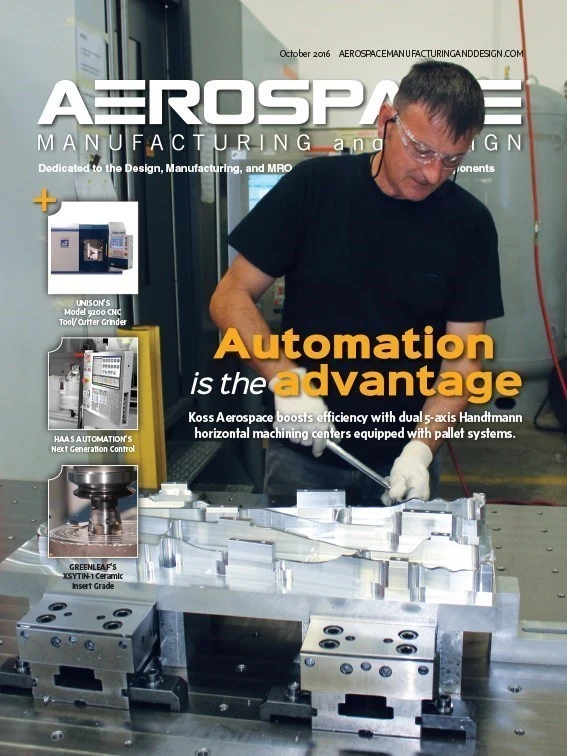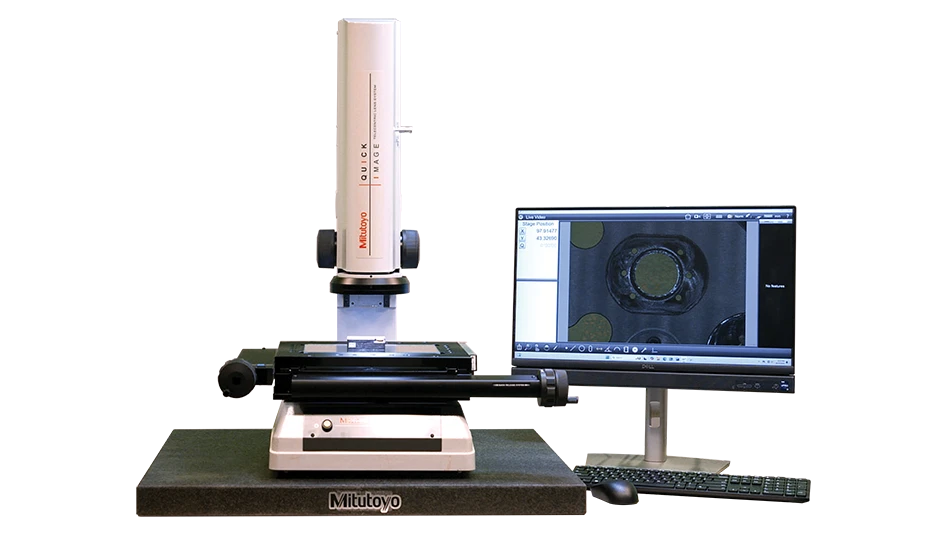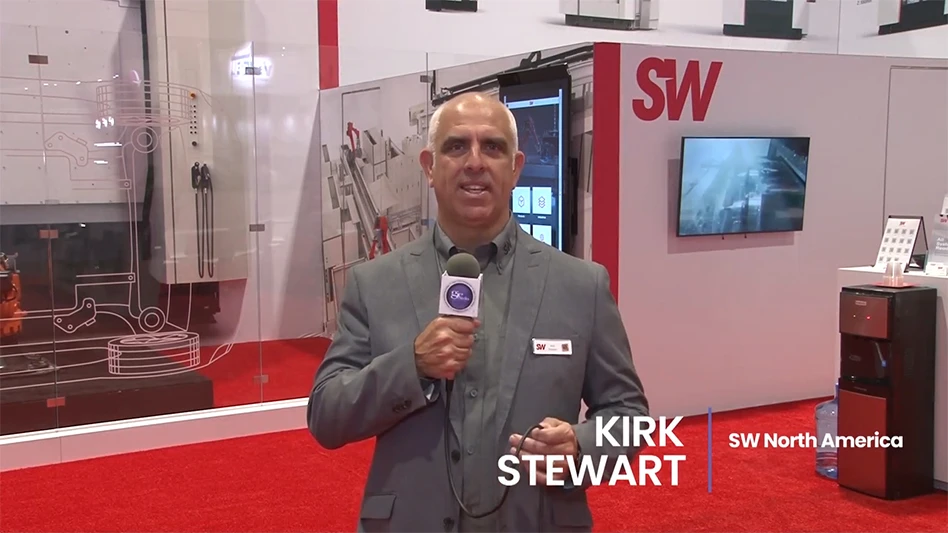
The quality certification standard for aerospace companies to which thousands of suppliers in the aerospace industry are held is AS9100, based on the ISO 9001 quality standard, with specific changes tailored to the aerospace industry. Companies achieving certification report:
- Improved product quality and on-time delivery
- More efficient labor utilization
- Increased customer satisfaction in supplier-customer relationships
- Alignment with the International Aerospace Quality Group (IAQG) strategy of having 90% of supply chain certified
AS9100 Revision C is now being updated to AS9100:2016 with an aggressive timeline for transition (See Figure 2, pg. 46) Of particular note is the June 2017 milestone. As of this date, all AS9100 audits must be performed to the AS9100:2016 standard. The updates to the AS9100 standards are designed to:
- Adapt to a changing world
- Enhance an organization’s ability to satisfy its customers
- Provide a consistent foundation for the future
- Reflect increasingly complex environments in which organizations operate
- Ensure new standard reflects the needs of all interested parties
- Integrate with other management systems
A question of responsibility
One area where managers should seek to be more involved is overseeing their organization’s quality management system (QMS). Likely one or more people on staff are tasked with quality, such as a quality assurance (QA) manager your organization has designated as the quality management representative for certification. This person’s role could be to stay up-to-date on the standards and any changes made to them as well as whatever steps need to be taken to ensure a company stays certified. What doesn’t belong to this person, however, is the liability when something goes wrong. For example, outsourcing the production of various component parts to plants all over the world has led to an increase in counterfeit parts. If these are found in your company’s supply chain, the liability will lie on the certified organization, not the individual. The thinking is that because a company has a standardized quality management system in place, it should have a process that accounts for the possibility of counterfeiting. So when and if there is a failure, your organization, and more specifically management, will shoulder some responsibility.

This example shows why an organization’s leadership needs to be aware of changes to quality management certifications. These changes are not arbitrary; they represent years of discussion and evaluation by organizations such as the IAQG, the International Aerospace Quality Group. These certifications are designed to help organizations improve their quality systems, providing significant benefits to their business. So, while a company’s quality staff should have insight into how the quality system is impacting business from an operations perspective, they may not truly grasp how these systems play into the company’s overall financial performance and sustainability.
Terminology changes
While they may seem small, terminology changes are important. Simplifying language and writing styles can go a long way toward increasing universal understanding and consistent interpretation of requirements. Terminology revisions for the 2016 standard are listed in Figure 1.
Where ISO and AS diverge

While AS9100 strives to be consistent with the recently revised ISO 9001 standard, there are some key differences. It’s important for leadership to note these. The fact that an organization has already transitioned to the new ISO standard does not necessarily mean that it meets the requirements for the AS9100:2016 standard. For instance:
- The 2015 ISO 9001 standard eliminates the need for the management representative while AS9100 does not. An organization seeking AS9100:2016 certification will still need to designate a management representative.
- Documented procedures for ISO 9001 are no longer required. But as noted earlier in this article, these still exist within AS9100, just with some changes to the terminology: documented procedures = maintained documented information.
- Physical quality manuals are no longer necessary per ISO 9001, but there is a note in AS9100: “The above description of the quality management system can be compiled into a single source of documented information and referred to as a quality manual.”
- ISO 9001 has no requirement concerning “awareness on product conformity, product safety, ethical behavior;” whereas AS9100 does.
- AS9100 requires “Consider human factors in nonconformity/corrective action;” ISO 9001 does not.
One of the more significant changes seen in ISO 9001:2015 was the addition of references to risk-based thinking as opposed to preventive action. This is an example of the standard striving to become a more strategic piece of business decision-making. It leads to another significant change to the ISO standard – increased responsibility of top management. AS9100 highlights risk throughout the requirement, noting again the risks of quality systems failures to the ultimate sustainability of a company’s business.

Top management needed
The recent changes to ISO 9001 and the coming changes to AS9100 point to the need for, and value of having, top management involvement with these standards. Not only is it vital from a risk-management perspective, noting a company’s role in the supply chain as a certified organization and the responsibilities and liabilities that are involved, it also increases the value of these certifications. Achieving these certifications is an investment in money and time. ISO 9001 and AS9100 offer more to a business in terms of methodologies and ways of thinking that can benefit an organization in a number of ways and provide true, bottom-line return on QMS investment.
Noting again the relatively short timeline for transition from AS9100:2009 to 2016, now is the time to think about what this certification means to the organization and how to get the most out of it. Be clear on the differences between ISO 9001 and AS9100, and work to understand how to elevate your QMS from a business process that requires regular updates to run smoothly in the background to a key facet of your business strategy that serves to protect you from risk and helps to ensure your organization’s future.
Smithers Quality Assessments
About the authors: Jeanette Preston (jpreston@smithers.com) is president of Smithers Quality Assessments and oversees the organization’s global registrar business and is a qualified lead auditor for quality standards including ISO 9001 and ISO/TS 16949, and an aerospace auditor for AS 9100. Gretchen Merriman (gmerriman@smithers.com) is the general manager, North America for Smithers Quality Assessments. She is a qualified lead auditor for ISO 9001 and ISO14001, and an aerospace auditor for AS9100. Both can be reached at 330.762.4231.

Explore the October 2016 Issue
Check out more from this issue and find your next story to read.
Latest from Aerospace Manufacturing and Design
- Avio USA, ACMI Properties partner on rocket motor production
- norelem's modular clamping systems for metrology
- IMTS 2024 Booth Tour: Behringer Saws
- Toray Advanced Composites acquires Gordon Plastics
- Dillon Manufacturing's 3-jaw chucks
- IMTS 2024 Booth Tour: Belmont Equipment & Technologies
- Boeing strike ends after more than 7 weeks
- Siemens acquires Altair Engineering





